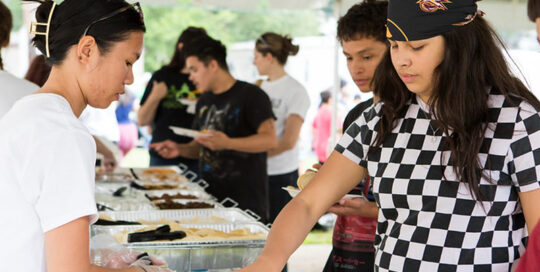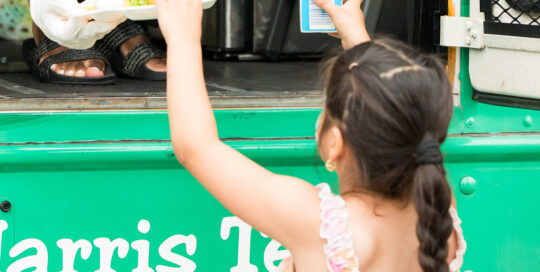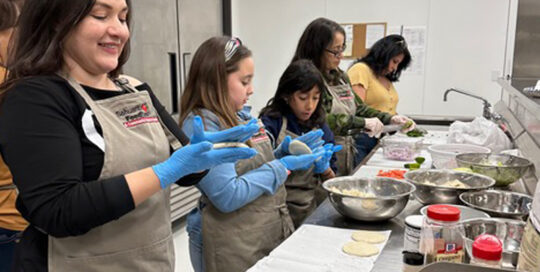In one of the wealthiest countries in the world, there are populations disproportionately impacted by poverty, geography, and unequitable health, behavioral, and academic outcomes. Of the food-insecure households in the Greater Washington region, 42 percent have children in the household. Nearly 60 percent of children in the region qualify for free or reduced meals. Persistent childhood
Easton Urban Farm in Easton, Pennsylvania, USA 2024
Yen Yen Lim2024-09-16T08:09:33-07:00The Easton Urban Farm, operated by the Easton Area Neighborhood Centers, is a 5/8-acre plot on which community volunteers grow vegetables, fruits, and seedlings for distribution to low-income residents of the city of Easton, Pennsylvania. In addition to providing over 7,000 pounds of nutritious, locally grown produce to food-insecure families each year, the farm also
‘Food Pharmacy’ for Diabetes Patients in Washington, D.C., USA 2024
Yen Yen Lim2024-10-07T02:50:04-07:00At Children’s National Hospital (CNH) in Washington, D.C., Type 2 diabetes diagnoses rose 182 percent during the first year of the Covid pandemic, compared to the prior two years. A CNH needs assessment found that two-thirds of the 5,000 children cared for at the hospital’s Diabetes Care Complex are food insecure. In October 2021,
Food for Low-Income Children and Families in Pima County, Arizona, USA 2024
Yen Yen Lim2024-09-16T08:09:33-07:00BGR partner the Sahuarita Food Bank and Community Resource Center serves the low-income population of southeastern Pima County, Arizona, a mostly rural area. This project will address poverty in Summit, Arizona, a small community with a household poverty rate of 23 percent, one of the three lowest income rural communities in Arizona. This project focuses on





